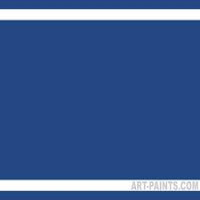I had a school project where I was told I had to
show case my work in a small package, thinking outside the box I came up with
this cool portable photo album. It’s a great way to carry around family photos
or design projects with you.
All you need:
·
Two pieces of cardboard
·
3 pieces of construction paper
(thinker then plain paper)
·
Scissors & glue
·
Any decorations you want to add
1.
Cut your pieces of cardboard to the
size you want
2.
Cover your cardboard with paper,
glue down
3.
Cut out 3 square’s that are four
times the size of your cardboard
4.
Fold your paper in half, and in half
the other way
5.
Now glue one square to the back side
of your cardboard, repeat for the bottom side
6.
Take the remaining piece of paper
and glue the two corners to the other two pieces of paper
If done correctly the whole album should fold
into itself and is ready to customize and add photos to create your very own
photo album.







